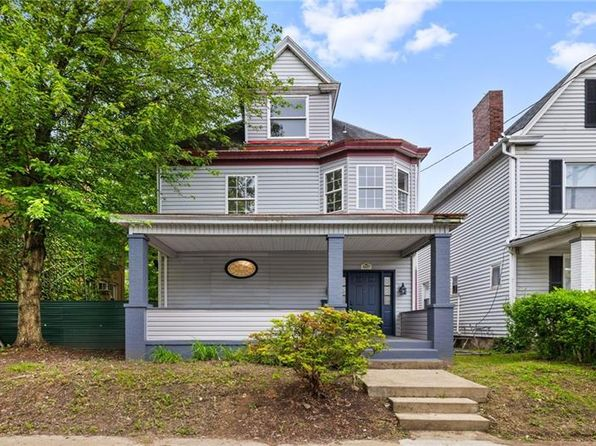When it comes to homeownership, one crucial aspect that often gets overlooked is ensuring your home can withstand the elements, especially in regions prone to severe weather conditions. In Windgap, where high winds can be a common occurrence, protecting your home from wind damage should be a top priority. One of the most vulnerable parts of your home during strong winds is the roof. In this blog post, we delve into effective roofing solutions that can help fortify your home against the fierce winds of Windgap.
Understanding the Windy Challenge: Windgap's Weather
Before delving into roofing solutions, let's first grasp the challenge that Windgap residents face. With its unique location and topography, Windgap experiences frequent high winds that can put homes at risk of damage. These winds can exert significant pressure on structures, particularly roofs, making them susceptible to uplift and damage.
The Importance of Wind-Resistant Roofing
Your roof is your home's first line of defense against the elements. Choosing a wind-resistant roofing system is not only essential for safeguarding your property but also for ensuring your family's safety and peace of mind. Investing in a robust roofing solution can save you from costly repairs and potential disasters in the long run.
Top Wind-Resistant Roofing Solutions
1. Metal Roofs

Metal roofs are renowned for their durability and wind-resistant properties. Their interlocking panels and sturdy construction make them ideal for high-wind areas like Windgap. Additionally, metal roofs have a longer lifespan than traditional roofing materials, reducing the need for frequent replacements.
2. Impact-Resistant Shingles
Impact-resistant shingles are designed to withstand strong winds and flying debris. These shingles are constructed with advanced materials that provide an extra layer of protection against wind-driven rain and hail. Investing in impact-resistant shingles can significantly enhance your roof's durability in windy conditions.
3. Composite Roofing
Composite roofing materials offer a blend of durability and aesthetics. These shingles are engineered to mimic the look of traditional roofing materials like wood or slate while providing superior wind resistance. Composite roofing is lightweight yet robust, making it a popular choice for Windgap homeowners seeking both style and functionality.
Additional Tips for Wind-Proofing Your Roof
In addition to choosing a wind-resistant roofing material, here are some additional tips to further protect your home from wind damage:
Regular Maintenance: Ensure your roof is well-maintained by conducting regular inspections and promptly addressing any signs of wear or damage.
Proper Installation: Hire professional roofers experienced in installing wind-resistant roofing systems to ensure proper installation and maximum effectiveness.
Trim Trees and Branches: Trim overhanging trees and branches near your home to reduce the risk of damage from falling limbs during high winds.
In Conclusion
Protecting your home from wind damage in Windgap requires proactive measures, with your roof being a critical component of that defense. By investing in wind-resistant roofing solutions and implementing preventive maintenance, you can fortify your home against the unpredictable forces of nature. Remember, safeguarding your home today can save you from costly repairs and headaches tomorrow.
Stay safe, stay prepared, and safeguard your sanctuary from the winds of Windgap!
Windgap, with its windy reputation, demands resilient solutions to weather the storm. By choosing wind-resistant roofing materials and following best practices for maintenance, you can rest assured that your home is well-protected against the fierce winds that define Windgap's weather patterns.
Remember, your peace of mind starts from the top down – so why not start with a wind-resistant roof?
